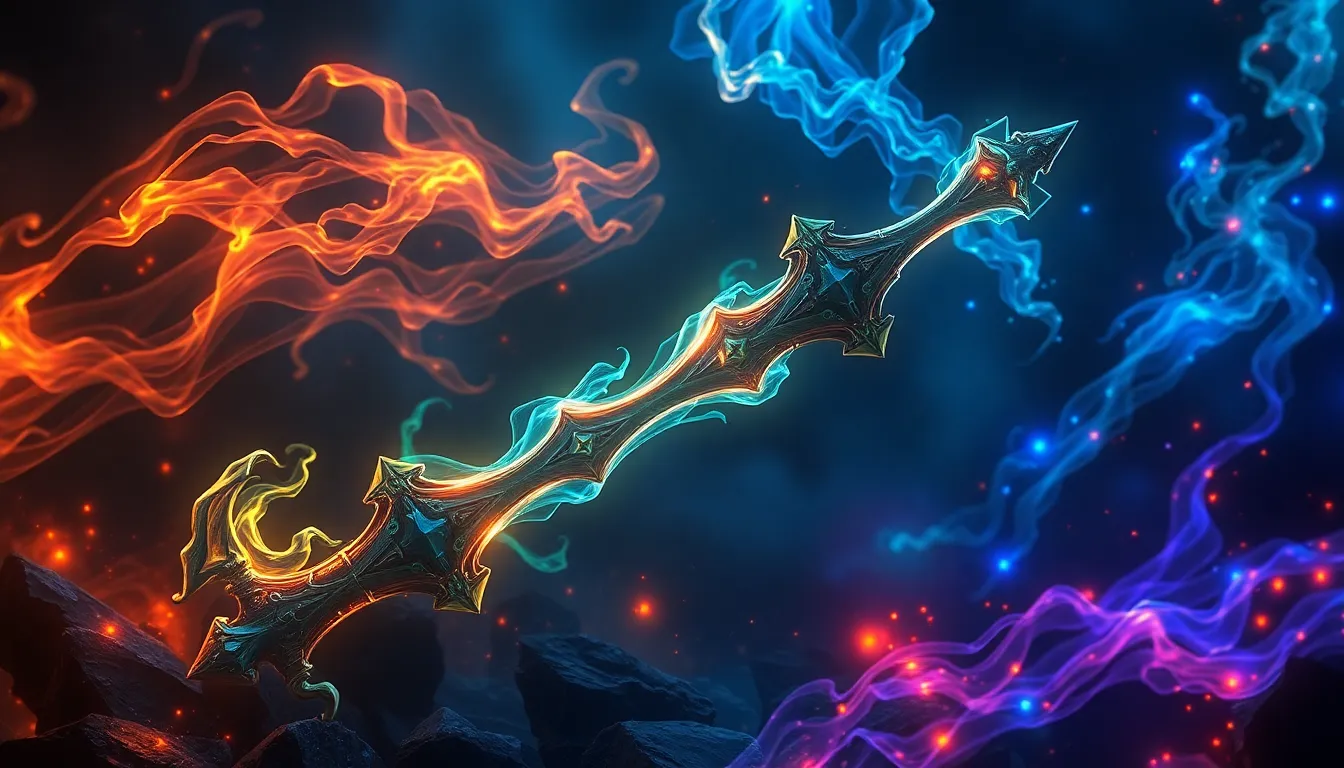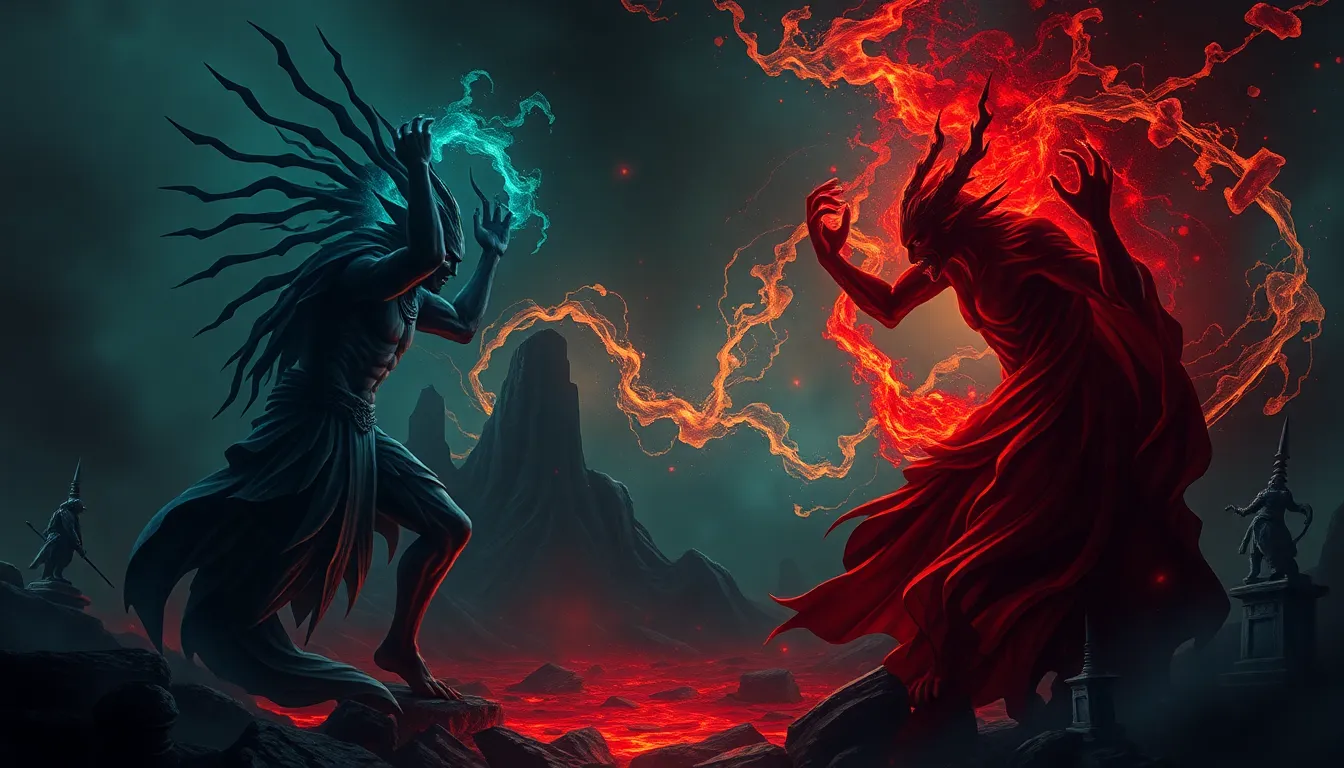The Sword of Justice: Legends of Honor and Valor
Introduction: The Symbolism of the Sword in Justice and Valor
The sword has long been a potent symbol across various cultures, representing not only physical power but also the ideals of justice and valor. From ancient times to modern interpretations, swords have embodied the dual nature of destruction and protection. They have served as instruments of war, but also as symbols of moral authority, wielded by those who stand for justice.
In many cultures, the sword signifies the righteous path, wielded by heroes who fight for what is right, while at the same time, it is a reminder of the potential for violence and destruction. This duality makes the sword a complex symbol, intertwining themes of honor, valor, and justice.
Historical Context: Swords as Instruments of Justice
Throughout history, swords have played a crucial role in legal systems, often representing the authority of the law. In ancient societies, a judge or ruler would wield a sword to enforce their decrees, signifying their power to administer justice.
Notable figures in history, such as:
- King Arthur, whose legendary sword Excalibur was a symbol of rightful sovereignty and justice.
- Charlemagne, who used his sword to unite and govern his empire, often emphasizing the importance of law and order.
- Samurai warriors in feudal Japan, who adhered to a strict code of honor and used their swords to uphold justice.
These historical examples illustrate how swords have been intertwined with the pursuit of justice throughout human history.
Mythical Origins: Swords in Legends and Folklore
In legends and folklore, swords often carry extraordinary powers and serve as pivotal elements in heroic narratives. Notable legendary swords include:
- Excalibur: The sword of King Arthur, symbolizing divine kingship and the rightful rule of Britain.
- Durendal: The sword of Roland, representing loyalty and heroism in the face of overwhelming odds.
- Gram: The sword of Sigurd, which was used to slay the dragon Fafnir and symbolize courage and triumph over evil.
These swords are not merely weapons; they embody the values of the heroes who wield them and the moral lessons that accompany their stories.
Heroic Archetypes: Knights, Warriors, and Their Codes of Honor
The concept of the knight and the warrior is deeply rooted in the traditions of honor and valor. The chivalric code, which emerged in the medieval period, emphasized virtues such as bravery, loyalty, and the protection of the weak.
Modern interpretations of the knightly ideal continue to resonate, with values of justice and honor manifesting in various forms:
- Literature: Characters such as Aragorn from “The Lord of the Rings” embody the knightly virtues in their quests for justice.
- Film: Movies like “Gladiator” and “Braveheart” showcase warriors fighting for freedom and justice.
- Video Games: Titles like “Dark Souls” and “The Witcher” feature protagonists who navigate complex moral landscapes while wielding swords.
These archetypes inspire contemporary discussions about ethics, justice, and what it means to be a hero.
Cultural Variations: Swords of Justice Across the Globe
Swords as symbols of justice vary widely across cultures, reflecting diverse historical contexts and societal values. A comparative analysis reveals fascinating insights:
- Katanas in Japan: Revered not just as weapons but as symbols of honor, craftsmanship, and the samurai’s duty to uphold justice.
- Sabres in the Middle East: Often associated with chivalry and bravery, sabres symbolize a warrior’s commitment to fight for justice and protect their community.
- Scimitars in Islamic culture: Representing valor and honor, these swords are often depicted in literature and art, signifying the fight against oppression.
Each culture’s interpretation of the sword illustrates how justice is viewed and upheld differently around the world.
The Sword in Literature and Art: Representations of Honor
The sword has been a powerful symbol in literature and art, representing ideals of justice and honor. Famous literary works that feature swords include:
- “The Once and Future King” by T.H. White: A retelling of the Arthurian legends that emphasizes moral lessons through the symbolism of Excalibur.
- “Beowulf”: The epic showcases swords as symbols of heroism and the struggles against evil.
- “The Three Musketeers” by Alexandre Dumas: A narrative centered around honor, friendship, and the fight for justice with swords at the forefront.
Artistic depictions of swords often carry deep meanings, reflecting cultural values, societal norms, and the ongoing quest for justice.
Modern Interpretations: The Sword in Contemporary Media
In contemporary media, swords continue to be potent symbols of honor and valor. Films, television shows, and video games frequently depict swords as instruments of justice and bravery:
- Movies: Series like “Star Wars” incorporate lightsabers as modern-day swords, symbolizing the struggle between good and evil.
- Television: Shows like “Game of Thrones” explore themes of power, honor, and justice through the lens of swordplay.
- Video Games: The “Legend of Zelda” series features Link, a hero who wields the Master Sword in his quest to restore peace and justice.
These narratives resonate with audiences, demonstrating the enduring relevance of the sword as a symbol of justice in modern society.
The Philosophy of Justice: Ethical Connotations of the Sword
The use of swords and the concept of justice raise important philosophical questions about the morality of violence. Discussions surrounding the ethical implications of using force to achieve justice include:
- Just War Theory: Explores when it is morally acceptable to engage in warfare and the principles that govern such actions.
- Pacifism: Argues against the use of violence in any circumstance, advocating for non-violent approaches to justice.
- Utilitarianism: Suggests that the ends can justify the means, raising questions about the morality of using swords for a perceived greater good.
These debates reflect the complexities of honor and valor in the context of conflict and justice.
Symbolic Relevance Today: Swords as Metaphors for Justice
In contemporary social movements, the sword has resurged as a powerful metaphor for justice. Activists and leaders often invoke the imagery of the sword to represent their struggles:
- Symbol of Resistance: The sword is used to signify the fight against oppression and the quest for justice.
- Empowerment: Many movements adopt the sword as a symbol of strength and the fight for rights and equality.
- Unity: The sword represents solidarity among those who strive for justice, often seen in protests and rallies.
The themes of honor and valor remain relevant, influencing how justice is pursued in modern contexts.
Conclusion: The Enduring Legacy of the Sword of Justice
The sword has maintained its significance as a symbol of justice, honor, and valor throughout human history. From ancient warriors to modern heroes, the sword embodies the quest for justice in its many forms. As societies evolve, the ideals represented by the sword continue to inspire individuals and movements committed to upholding justice.
In a world where the concepts of honor and valor are increasingly challenged, the sword serves as a reminder of the enduring legacy of those who fight for justice, making it an everlasting symbol in the human quest for equity and righteousness.



